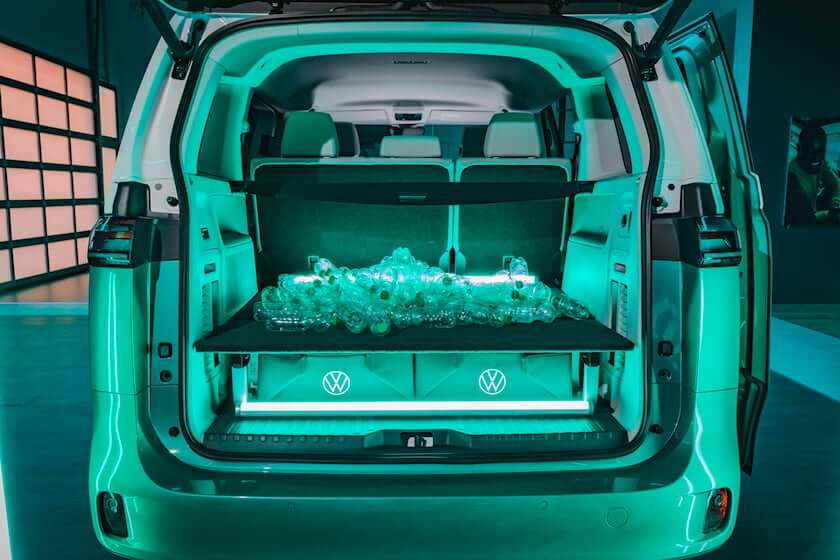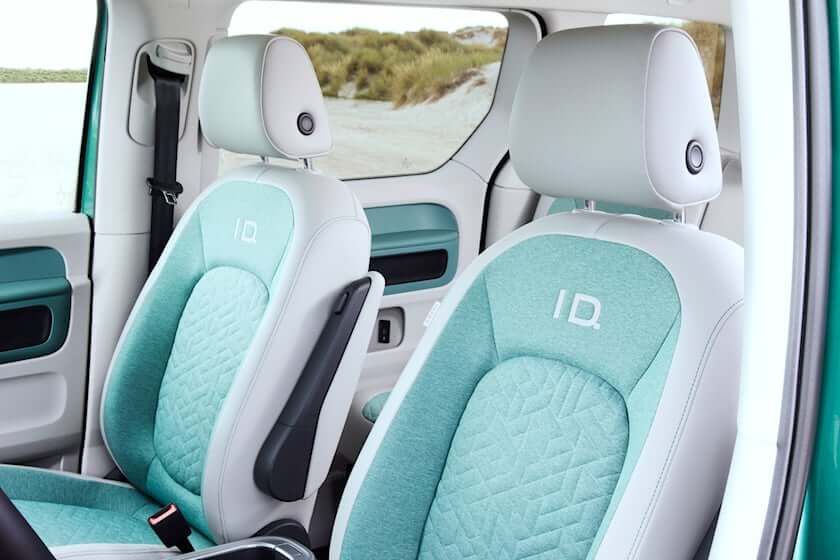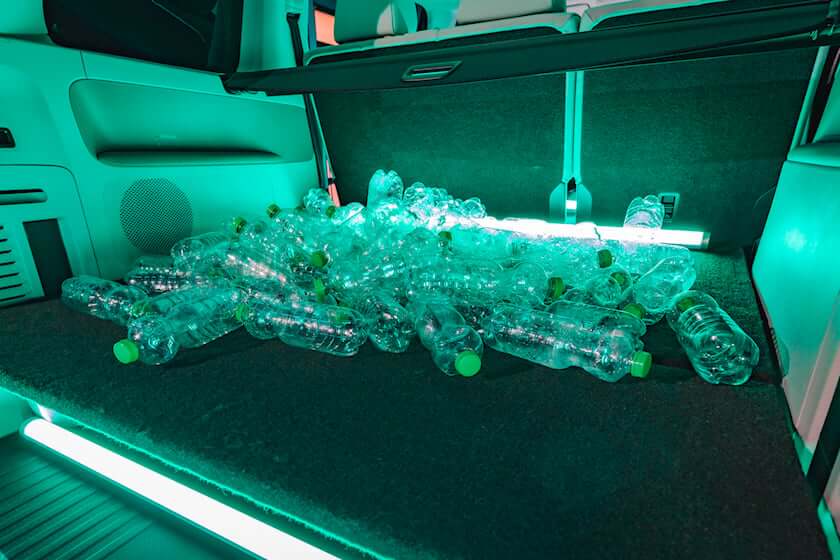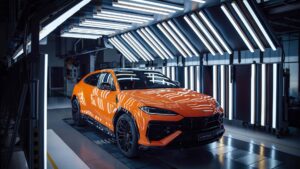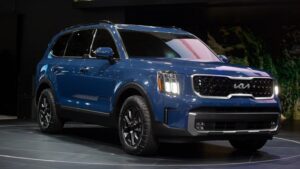VW intends to enhance the sustainability of the interiors of its forthcoming electric vehicles by incorporating more recycled materials. The ID. Buzz is at the forefront of this initiative, utilizing alternative materials such as ocean plastic and PET (Polyethylene terephthalate) bottles to produce various interior and underbody components.
Starting this year, Volkswagen will incorporate more recycled materials in the ID. 3, ID. 4, ID. 5, and ID. 7 models, marking another milestone in the company’s pursuit of sustainability and its target to reduce carbon emissions by 40% by 2030. By employing more recycled materials in their vehicles, Volkswagen can not only minimize their carbon footprint but also improve the brand’s image among environmentally conscious customers.
.
Volkswagen’s other electric vehicles will draw inspiration from the ID. Buzz and will incorporate a variety of elements in addition to ocean plastic. The primary focus is the utilization of various materials for the seating surfaces. The bus offers two alternatives: Seaqual yarn, consisting of 10% marine debris and 90% recycled PES yarn, which reduces CO2 emissions by 32% compared to traditional materials, or ArtVelours Eco, which contains a 71% recycling ratio.
The ID. Buzz’s headliner and floor consist entirely of recycled polyester, and Volkswagen intends to eliminate chrome from its vehicles due to its detrimental impact on the environment. Instead, the company will employ a liquid paint that emulates chrome. On the other hand, The usage of these novel materials inevitably raises concerns about their durability since no one wants their new car disintegrating in their hands.
Volkswagen concurs with this notion, which is why the majority of the recycled materials used in the vehicle only comprise a fraction of the final product. The company asserts that the recycled materials must always have the same appearance and texture as traditional materials.
The ultimate objective is to adopt a fully optimized strategy that prioritizes reducing emissions throughout the basic research, development, and production phases. Volkswagen’s factories are already highly eco-conscious, and it appears that the company is now concentrating on upstream efforts.

